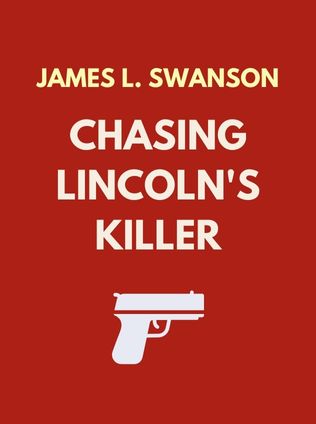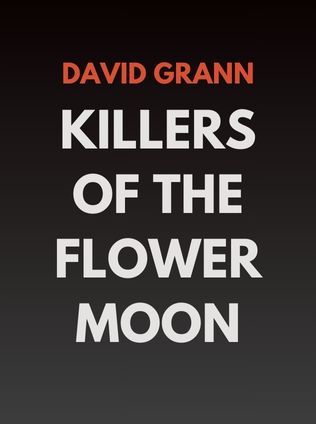
About the Author
James L. Swanson, an accomplished historian and author, is renowned for his meticulous research and compelling narratives that bring history to life. His deep interest in American history, particularly the Civil War era, has led him to write extensively about Abraham Lincoln and the events surrounding his assassination. Swanson's works, including Manhunt: The 12-Day Chase for Lincoln's Killer and Bloody Crimes, have cemented his reputation as a leading authority on this critical period in American history.
Swanson's writing is characterized by its vivid storytelling, which draws readers into the past with a sense of immediacy and urgency. His ability to weave together historical facts with engaging narratives makes his books both educational and entertaining. Swanson's passion for history is evident in every page, as he painstakingly reconstructs events with a historian's rigor and a novelist's flair.
In Chasing Lincoln's Killer, Swanson builds on his previous work, offering a detailed account of the assassination of President Lincoln and the subsequent manhunt for John Wilkes Booth. This book, adapted from his more scholarly work Manhunt, is aimed at a younger audience but retains the depth and complexity that appeals to readers of all ages. Swanson's approach ensures that the historical significance of Lincoln's assassination is understood, while also making the story accessible and engaging.
Main Idea
Chasing Lincoln's Killer is more than just a recounting of the events surrounding Abraham Lincoln's assassination; it is a deep exploration of the motives, actions, and consequences that defined this tragic moment in American history. The book provides a comprehensive narrative of John Wilkes Booth's plot, the assassination itself, and the intense 12-day manhunt that followed. Swanson meticulously details the lives and backgrounds of the key figures involved, offering readers a nuanced understanding of the complex web of relationships and ideologies that culminated in this historic event.
The central theme of the book is the conflict between loyalty and betrayal, both on a personal and national level. Booth's actions were driven by a twisted sense of loyalty to the Confederacy and a deep-seated hatred for Lincoln, whom he saw as a tyrant. Swanson explores how Booth's personal vendetta was intertwined with the broader political and social tensions of the time, creating a narrative that is as much about the Civil War and its aftermath as it is about the assassination itself.
The manhunt for Booth and his co-conspirators is portrayed not only as a pursuit of justice but also as a reflection of a nation's desperate need for closure and retribution. The intense efforts to capture Booth were fueled by the collective grief and anger of a country in mourning, and Swanson captures this emotional undercurrent with powerful prose and detailed descriptions of the hunt's progression.
Table of Contents
- Prologue
- The Night of the Assassination
- The Conspirators
- The Escape
- The Manhunt Begins
- The Fugitive's Journey
- The Last Stand
- Capture and Death of John Wilkes Booth
- Aftermath and Trial
Prologue
The prologue of Chasing Lincoln's Killer sets the tone for the entire narrative by providing a vivid description of the historical context in which the assassination took place. Swanson transports the reader to the spring of 1865, a time of both triumph and tension in the United States. The Civil War had ended, and the Union had emerged victorious, but the wounds of the conflict were still fresh, and the nation was far from healed.
Swanson highlights the fragile state of the Union, where despite the end of the war, deep divisions remained. The prologue introduces the reader to the political and social atmosphere of Washington, D.C., where Confederate sympathizers and Union supporters coexisted uneasily. The capital was a city in transition, moving from war to peace, but the lingering resentment and unresolved issues made it a volatile environment.
This section also introduces John Wilkes Booth, a man who epitomized the South's lingering defiance. Booth, a celebrated actor and a fervent supporter of the Confederacy, viewed Lincoln as the embodiment of the Union's triumph and the Confederacy's defeat. Swanson delves into Booth's psyche, revealing how his deep-seated hatred for Lincoln and his unwavering belief in the Confederate cause drove him to conceive and execute the assassination plot. The prologue sets up the central conflict of the narrative: Booth's act of betrayal against a nation striving for unity and peace.
The Night of the Assassination
April 14, 1865, was a day that started with hope and ended in tragedy. Swanson provides a minute-by-minute account of the events leading up to the assassination, immersing the reader in the tension and drama of that fateful night. The assassination of President Lincoln at Ford's Theatre is described with chilling detail, as Booth's plan unfolds with precision and deadly intent.
Sign up for FREE and get access to 1,400+ books summaries.
You May Also Like
I Am Malala
The Story of the Girl Who Stood Up for Education and Was Shot by the Taliban
By Malala Yousafzai



















